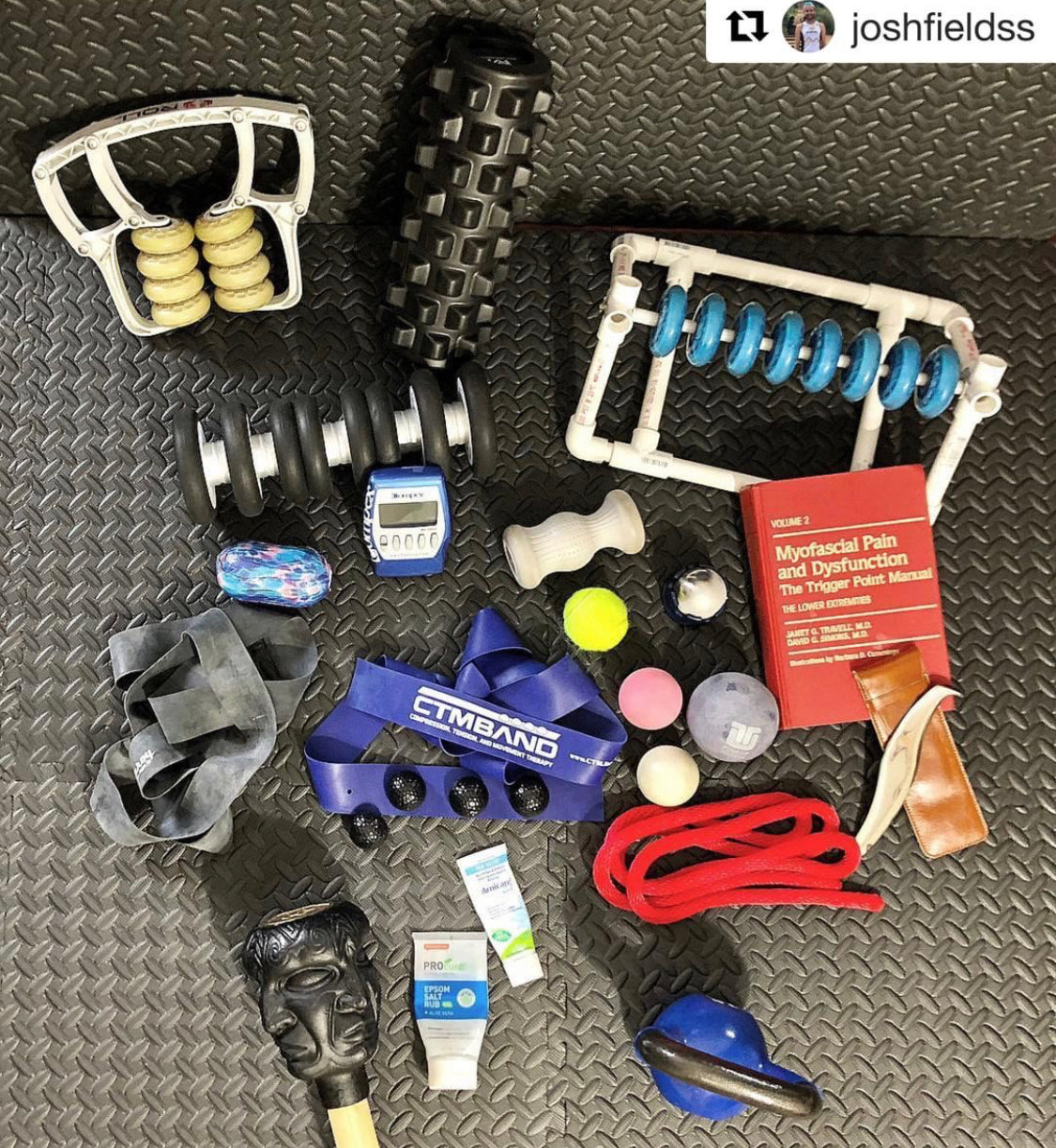Common Running Injuries and How to Avoid Them
Believe it or not, we are natural born runners. That doesn’t mean that running is a risk-free activity, though. If you’re unprepared or push yourself over the limit, it’s inevitable that you will injure yourself, especially if you change your training volume or don’t give your body enough time to recover.
That’s why good nutrition, stretching before and after a run, and using the right equipment such as running shoes or a CTM band to avoid injuries is essential.
We are never far from potential injuries, so we thought we would compile a list of the most common running injuries out there and the risks you should be aware of:
-
Runner’s knee: this injury is manifested by pain in and around the kneecap area. Pain in the patellofemoral area is caused by the constant repetitive pressure through excessive running or running on very hard surfaces.
The best way to avoid this type of injury is to listen to your knee beforehand and analyze the effort you’re spending on the track. - Achilles tendinitis: a very common injury involving inflammation of the Achilles tendon, also due to overtaxing the ankle due either to a rapid increase in your running mileage, not stretching your calf muscles enough before running, or, more commonly, the use of inappropriate footwear.
- Plantar fasciitis: this translates as tearing of the plantar fascia and induces a very painful sensation at the bottom of the foot. This happens due to excessive pressure in the foot area due to either too much mileage or footwear lacking enough cushioning for the plantar arch.
- Shin splints: with this injury, you get a painful stabbing sensation in your shins. This tends to happen due to the inflammation of the tendons and muscles of the shin area. Again, running on hard surfaces and wearing footwear that lacks the appropriate cushioning will bring this on.
So how do we avoid falling victim to these injuries?
Though the injuries vary, common threads bind them: the use of inappropriate equipment is one, overtaxing your lower extremities and not allowing for enough recovery is another, which leads people to ignore the feedback their bodies are sending them.
To avoid these injuries, you should take extra care before running. Do enough warm up and plan your run ahead of time.
Also, you need to use the right tools for the job. Get the right footwear. If you own a CTM band, it would be prudent to use this before and after the run.
Finally, get in touch with what your body is telling you. Watch out when changing your running regimen and make sure you give your body the preparation and recovery time it needs to keep you safe and maximize your performance.





Leave a comment
All comments are moderated before being published.
This site is protected by hCaptcha and the hCaptcha Privacy Policy and Terms of Service apply.